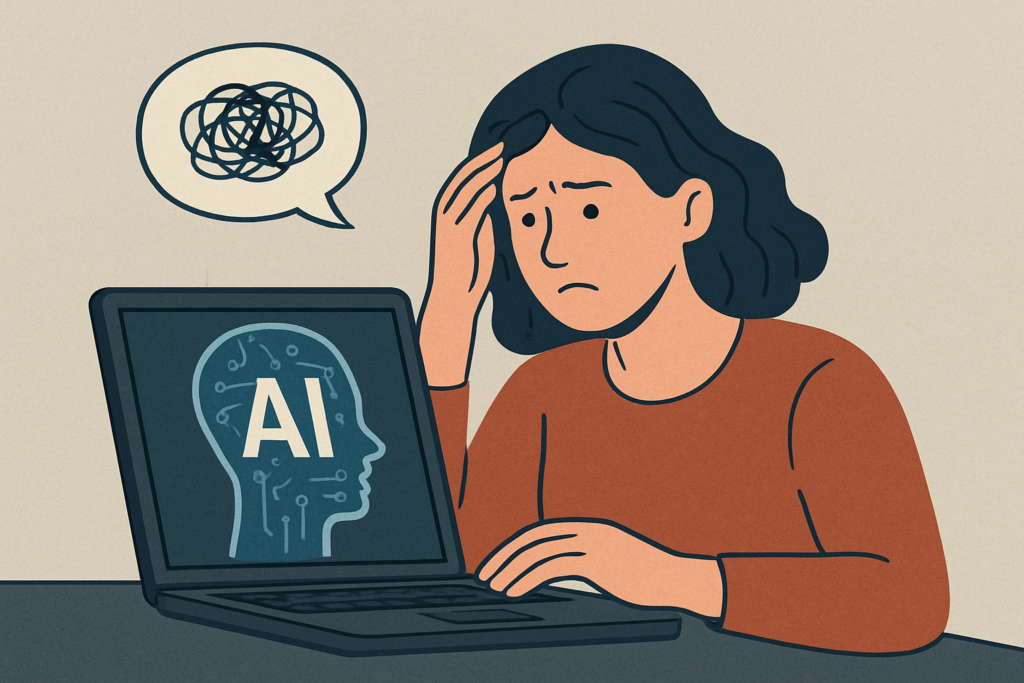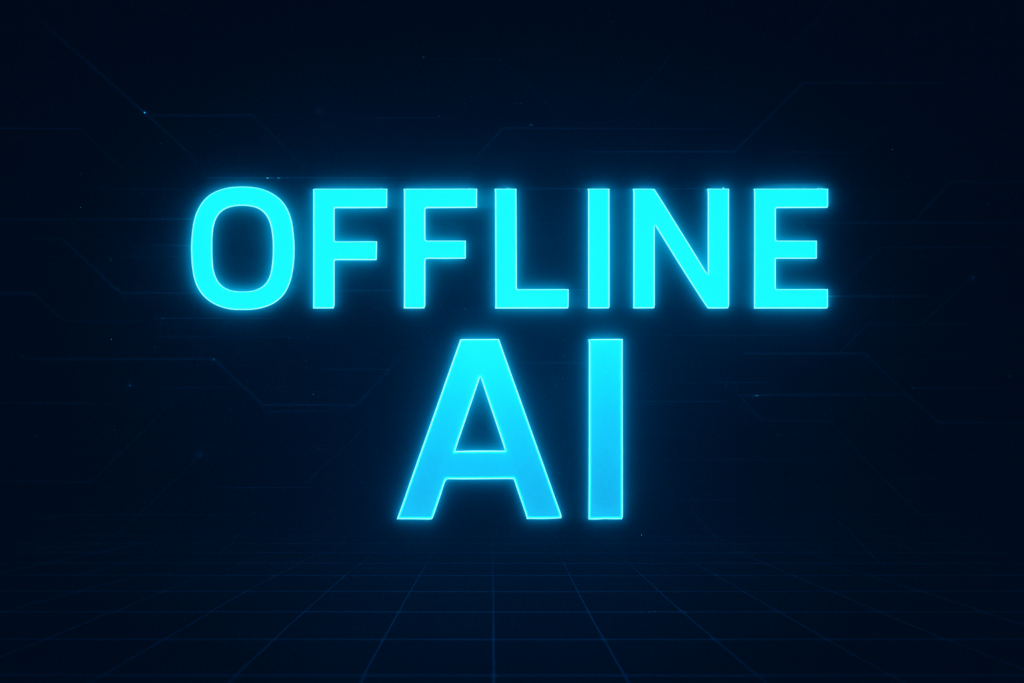
In today’s fast-paced digital universe, your every scroll, click, and tap is being studied, not just by human designers, but increasingly by algorithms and AI. What began as smart UX is now evolving into something more subtle and potentially dangerous: Dark UX.
Imagine a robot recommending a service, an AI chatbot nudging you to share more than you intended, or a personalized interface quietly making the “decline” button smaller or grayed out. These are not bugs. They are features, designed to influence your decisions.
What Is Dark UX? And Why It’s No Longer Just Human
Dark UX (or Dark Patterns) are manipulative design techniques that push users into taking actions they didn’t consciously choose, like signing up for a recurring subscription, oversharing personal data, or clicking the wrong button.
But what’s new, and deeply concerning, is how AI and automated systems are now learning to optimize these deceptive practices at scale.
- AI can test thousands of variations of pop-ups to see which one tricks users the most.
- Chatbots can mimic empathy to sell you something, then vanish when you ask to cancel.
- Voice assistants can bury disclaimers under friendly tones and helpful nudges.
This isn’t just bad design. It can be manipulation embedded in the architecture of our digital lives.
Why This Is Critical for India’s Digital Future
India is home to over 800 million internet users. With the rise of digital services, from e-commerce and edtech to fintech and health platforms, the potential for abuse has never been higher. Thankfully, regulators are waking up:
- The Consumer Protection (E-Commerce) Rules, 2020 prohibit unfair trade practices in digital marketplaces.
- The Digital Personal Data Protection Act, 2023 mandates that consent must be free and informed.
- The Bureau of Indian Standards is even working on ethical AI standards.
This means Dark UX, whether crafted by humans or AI, can lead to real legal consequences.
What Businesses Need to Watch For
Tech companies, startups, and digital platforms, need to ask:
- Are our interfaces guiding users, or manipulating them?
- Have we audited our AI/UX systems for fairness and compliance?
- Do our users understand what they’re agreeing to?
Ethical design is no longer just good, it’s legal risk management. Trust, once lost, is hard to rebuild. And regulators are no longer forgiving of “we didn’t know.”
What Individuals Should Be Aware Of
Users, too, must be cautious. As AI and apps get smarter, people must stay sharper.
- Don’t rush through popups, buttons, or chat prompts.
- Take control of your data, your time, your attention.
- Know that the law is beginning to protect you, but you are your first line of defense.
Let’s believe in a digital ecosystem built on transparency, trust, and choice. Let’s not allow AI to inherit our worst instincts.
Let’s code for good.
Good UX should never be a legal gamble.
For further information on Good UX and/or Dark UX as well as its application in Law please contact Mr. Nitin Walia at business@tuskh.com
The content of this article is intended to provide a general guide to the subject matter. Specialist advice should be sought about your specific circumstances
Keywords: Dark UX, AI deception, dark patterns, India UX law, Digital Personal Data Protection Act, Consumer Protection E-Commerce Rules, ethical AI India, UI/UX compliance, robot manipulation, law firm tech compliance, AI chatbots UX, dark design patterns India



